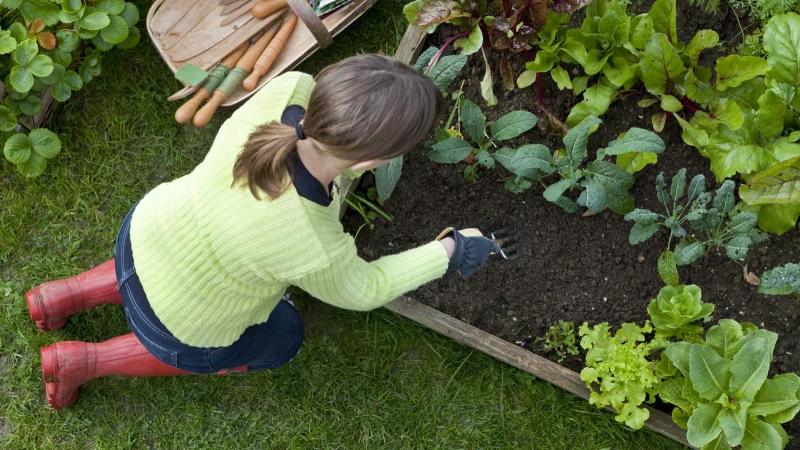Gardeners constantly battle with weeds in their gardens. Despite using mulch and other preventive measures, these unwanted plants always find a way to thrive. To tackle this persistent issue, it is essential to have the right tools on hand. A hand cultivator and weeder can make the job of removing weeds from raised beds much easier. Additionally, using materials for sheet mulch can help save time and effort when dealing with weed-infested areas.
While some weeds can be easily pulled from loose soil, others with deep or dense roots pose a greater challenge. Plants like Johnson grass and dandelions require more effort to eradicate. Even seemingly harmless wild violets can become a nuisance in gardens, especially due to their rhizome roots. In such cases, hand tools like cultivators and weeders are invaluable for maintaining a weed-free garden.
Hand cultivator
When it comes to my garden tools, one stands out above the rest - the hand cultivator. With sturdy forks on one side and a flat blade on the other, it's a versatile tool that I couldn't do without. This hand cultivator from Amazon.com is my go-to for various tasks in the garden. The forked side helps me loosen compacted soil and remove deep-rooted weeds effortlessly. I even use it to tackle stubborn plants like Johnson grass, giving me a good workout in the process!
What sets the hand cultivator apart from the hand fork is its flat blade, which acts like a mini hoe for scraping off tiny weed sprouts. By separating the greens from the roots, I prevent new seedlings from taking hold. When my garden starts sprouting unwanted plants, I use the flat edge to clear the surface and then turn to the forked side to work them into the soil for decomposition.
When dealing with a bed full of weeds, there are different hand weeder options to consider. Some hand weeders come with extra features, like a forked end combined with a wider shaft featuring a ruler, which can help with determining planting depth for bulbs and removing dense roots like those on wild violets. If you need to tackle stubborn roots in a tight space, a simple, ergonomic weeder can help reduce strain. Each type of weeder has its advantages, so having a variety on hand can be beneficial for different weeding tasks.
Transforming your garden and keeping weeds at bay can be a simple and effective process. By adding layers of newspaper, cardboard, compost, and mulch to the top of your soil, you can suffocate and eliminate weeds without the need for harmful chemicals. If you start this process in the winter, you can let the materials decompose and plant your garden in late spring. However, if you're eager to plant sooner, you can cut holes in the sheet mulch to accommodate your plants. While this method may not be suitable for closely spaced veggies like lettuce or radishes, it works well for plants like peppers and tomatoes that require more space. Just be sure to remove any visible weeds that may pop up near your plants as they grow.








